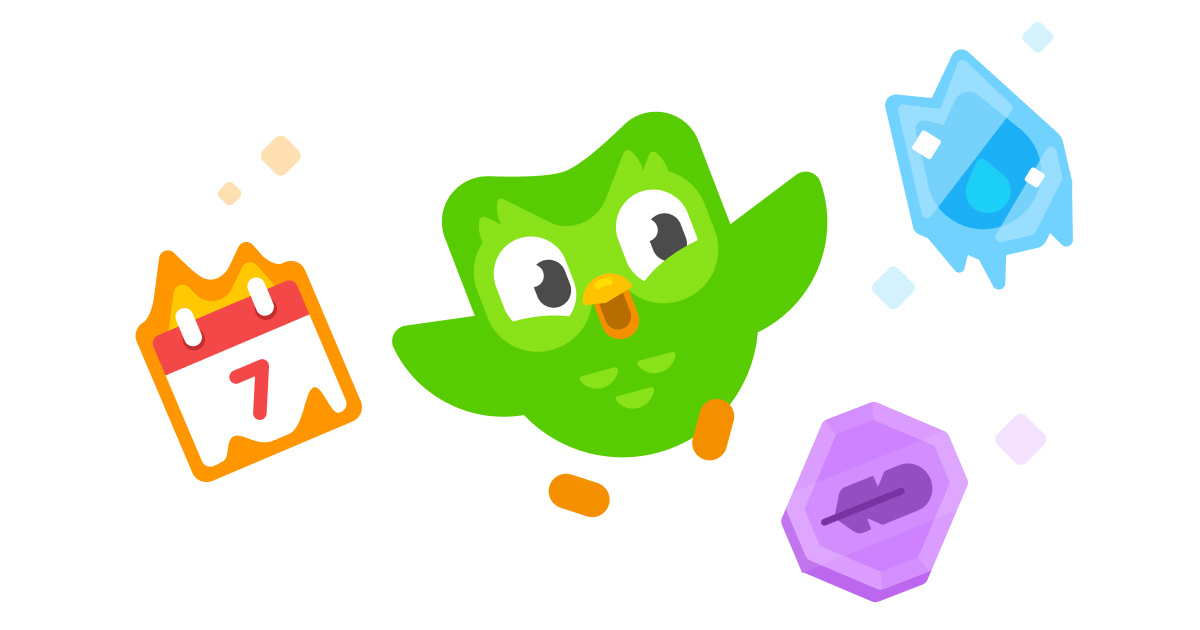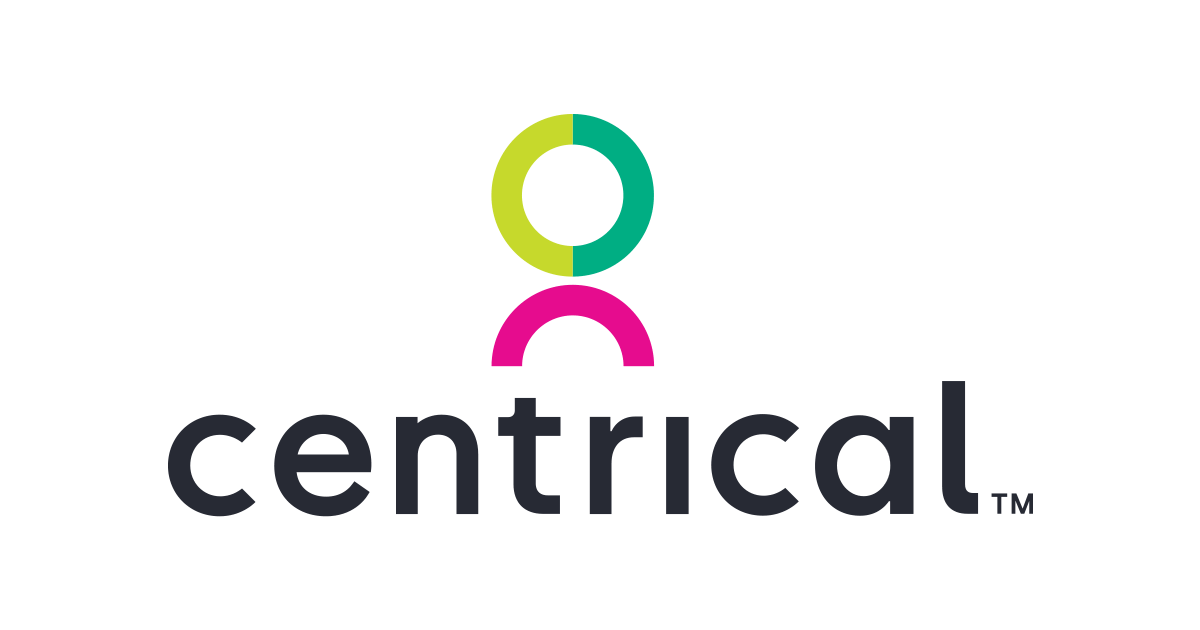10 Apps That Use The Leaderboards Feature for Gamification
 Jason Louro
Jason LouroThis post is part of a series on how gamification mechanics are used effectively in various types of consumer apps. You may find these gamification examples helpful if you are looking to incorporate gamification into your product strategy.
The Leaderboards Feature and Its Role in Gamification
Leaderboards rank users based on performance metrics within a gamified system. They are interesting because they tap into users' competitive drive and desire for recognition. Apps use leaderboards to boost engagement and retention by providing a clear goal, fostering competition, and allowing users to track their progress against others. This creates a sense of accomplishment and encourages continued participation, ultimately adding value through entertainment and motivation. Now, without further ado, here are 10 apps that use the leaderboards mechanic to delight and retain users.
10 Apps That Use The Leaderboards Feature for Gamification
Duolingo
Duolingo is a language-learning platform that uses gamification to motivate users to learn new languages through points, levels, and streaks.

Duolingo's Leaderboards tap into users' natural competitiveness. They create a sense of community and friendly rivalry. Users are motivated to earn more XP to climb higher in their league. Leaderboards encourage consistent use of the app. Users aim to avoid demotion to a lower league, reinforcing daily learning habits. The prospect of promotion also provides a tangible goal. This keeps users engaged and coming back for more. Beyond competition, Leaderboards foster accountability. Users feel a responsibility to contribute to their league's success. This adds value by making learning more social and less solitary. It also helps users to stay motivated for longer periods of time.
Strava
Strava is a social network for athletes that tracks activities and allows users to share progress, join challenges, and compete on leaderboards.
Strava's Leaderboards feature promotes engagement through friendly competition. Users can compare their performance on specific segments against others, fostering a desire to improve. This fuels repeated use as athletes strive to climb the rankings and achieve personal bests. The leaderboard provides a clear incentive to record activities regularly. Visibility within a community of athletes adds value. Recognition and potential bragging rights motivate users to keep using the app and stay active. Beyond competition, leaderboards help users discover new routes. They can identify popular segments and plan workouts accordingly. This enhances the overall experience and increases the app's utility.
MindTickle
MindTickle is a sales readiness platform that uses gamification and microlearning to train and enable sales teams, track their progress, and improve their performance.

MindTickle uses leaderboards to foster friendly competition and motivate users to learn. Users can see their ranking compared to peers, encouraging them to actively participate in training and complete modules. This visibility drives engagement by creating a sense of achievement and recognition. By tracking progress and performance, leaderboards highlight areas where users excel and where they might need to improve. This provides valuable insights for both individuals and managers. This data-driven approach helps users focus on skill gaps, fostering continuous improvement. The Leaderboard's gamified environment significantly increases user retention. It provides an incentive to return to the platform and maintain or improve their position. This feature transforms mandatory training into a more enjoyable and rewarding experience.
Fitbit
Fitbit tracks activity levels and offers badges and challenges to motivate users to reach fitness goals.
The Fitbit app uses Leaderboards to foster a sense of friendly competition among users. This feature displays users' step counts compared to their friends and family. This competition encourages users to be more active to climb the leaderboard rankings. The Leaderboards offer a tangible way for users to track their progress and compare themselves to others. This provides a sense of accountability and motivation. Users might push themselves harder to surpass others and maintain their position. By creating a social element within the fitness journey, the Leaderboards increase engagement. Users are likely to use the app more often to check their rankings and encourage their friends. This ultimately contributes to improved user retention.
Memrise
Memrise offers language learning courses with gamified elements like points, leaderboards, and virtual gardens.
Memrise uses leaderboards to create a sense of competition and community. Users are ranked based on their points earned, motivating them to study more consistently. This competitive element encourages frequent app usage and improves retention rates. Leaderboards add value by providing a benchmark for progress. Users can see how they compare to others, which can be intrinsically motivating. This fosters a sense of accomplishment when users climb the ranks and maintain their position. Beyond competition, leaderboards facilitate a social element. Users can connect with and follow each other, further enhancing engagement. This interactive aspect transforms language learning into a more social and enjoyable experience.
Centrical
Centrical is a performance experience platform that combines gamification, personalized coaching, and real-time performance management to improve employee engagement and productivity, including in sales roles.

Centrical leverages Leaderboards to boost employee engagement. They visibly track performance metrics relevant to specific roles and teams. This creates a friendly competitive environment, encouraging users to strive for higher rankings. Leaderboards also directly influence retention. By showcasing accomplishments and progress, they provide positive reinforcement. This recognition fosters a sense of value and belonging, reducing employee turnover. Ultimately, Centrical's Leaderboards add value by driving performance improvement. Increased engagement leads to better results. This translates to a more productive and satisfied workforce, positively impacting the bottom line.
Ambition
Ambition is a sales management platform that incorporates gamification to drive rep performance and engagement through scorecards, contests, and real-time feedback.

Ambition utilizes Leaderboards to tap into the competitive spirit of its users. By displaying performance rankings, the app motivates individuals to improve their metrics and climb the leaderboard. This friendly competition fuels increased engagement as users actively strive for higher positions. Retention is boosted as users remain invested in the app to maintain or improve their ranking. The leaderboard acts as a constant reminder of progress and encourages continued usage. This sustained engagement leads to higher levels of product adoption and overall satisfaction. Ultimately, Ambition's Leaderboards add value by providing a transparent and engaging way to track progress. Users gain a clearer understanding of their performance relative to their peers. This data-driven approach empowers users to identify areas for improvement and achieve their goals more effectively.
Charity Miles
Charity Miles allows users to earn money for charity by walking, running, or biking. It uses a sense of purpose and contribution to motivate physical activity.

Charity Miles uses Leaderboards to create competition and community among users. Users can see how their mileage and fundraising rank against friends and other app users. This friendly competition encourages more frequent and longer workouts. Leaderboards offer different categories like weekly totals, lifetime totals, and team rankings. This allows users to find a leaderboard that motivates them. Seeing progress and rising in the ranks is rewarding. Ultimately, Leaderboards add value by fostering a sense of achievement. Users are motivated to stay active and continue raising money for charity. This increased engagement leads to better retention for the Charity Miles app.
Xactly Incent
Xactly Incent is a sales performance management solution that utilizes gamification to incentivize sales reps and drive desired behaviors.
The Xactly Incent app's Leaderboards feature boosts user engagement by fostering healthy competition. Salespeople can view rankings against their peers, motivating them to increase performance. Public recognition displayed on the leaderboard encourages top performers and inspires others to improve. Leaderboards also improve retention. Clear visibility into performance metrics helps users track progress and identify areas for growth. This increased transparency fosters a sense of ownership and investment in their role. Feeling challenged and motivated through competitive rankings makes reps less likely to seek opportunities elsewhere. Ultimately, Xactly's Leaderboards add value by driving sales effectiveness. The feature facilitates increased revenue generation through individual achievement and team motivation. Leaderboards also improve communication, as visibility helps reps focus on key goals and collaborate effectively. This leads to a more driven and productive sales team.
Run an Empire
Run an Empire turns your neighborhood into a strategy game. Conquer territories by running to them!

Run an Empire utilizes leaderboards to motivate players and keep them invested in the game. These leaderboards rank players based on various metrics, such as territory controlled, distance run, and conquests achieved. This creates a competitive environment, encouraging players to strive for higher rankings. The app offers various leaderboard types, targeting different play styles and goals. Daily, weekly, and all-time leaderboards provide both immediate and long-term objectives. This allows players to find their niche and stay engaged over time. Leaderboard rankings can add value for users beyond simple competition. Achieving higher ranks can provide in-game rewards or unlock new content. It showcases player progress and accomplishments, fostering a sense of pride and community within the Run an Empire world.
Conclusion
These are just a few examples of how leaderboards can be used as a gamification mechanic to improve consumer apps and platforms. We hope you found these examples inspiring and that they help you think about how you can incorporate gamification into your own product strategy.
If you're looking to build gamification into your app or platform, we encourage you to check out Trophy, a set of APIs and tools for building gamified product experiences in hours, not months.
Add gamification and retain your users
Trophy provides APIs and toolkits for adding gamification features to your app. If these examples have resonated with you, give it a try!
Trophy is gamification infrastructure that retains users.
Gamification infrastructure that retains users.
Gamification APIs for web and mobile
Free up to 100 users. No CC required.
Get updates
Stay in the loop with all things gamification.